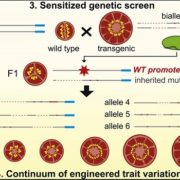
Improving crops by genome editing
Blog, Plant Science Research Weekly, Research, Research BlogIntroducing new desirable traits in domesticated crops takes time and is limited by the need for existing trait variation in members of the same species or closely related species. Rodríguez-Leal et al. propose a system by which variation in a quantitative trait can be generated by editing the promoter…
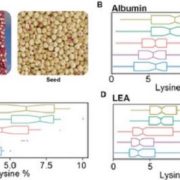
The genome of Quenopodium quinoa, a halophytic pseudocereal
Blog, Plant Science Research Weekly, Research, Research BlogQuenopodiium quinoa is a highly nutritive and facultative halophyte pseudocereal whose cultivation has increased 10 fold in the last decades. However, the adaption to non-native areas is not easy to achieve and the limited genetic resources do not allow a breeding program. Zou and collaborators have…
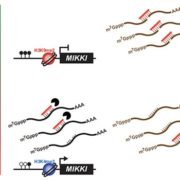
Regulation of rice root development by a retrotransposon acting as a microRNA sponge
Blog, Plant Science Research Weekly, Research, Research BlogTransposable elements are known to affect their neighboring genes, but they were so far unknown to affect the function of distant genes. Cho and Paszkowski observed a high level of transposon transcription expressed in rice. A transposon with root specific expression, MIKKI, was found to contain an imperfect…
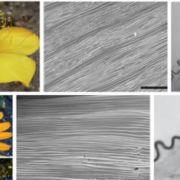
"Blue halo" light scattering enhances signalling to bees
Blog, Plant Science Research Weekly, Research, Research BlogVisual and other cues attract pollinators. Bees vision is skewed towards blue colors, but they also visit non-blue flowers. Moyroud et al. looked at how petal surface textures affect bee responses. The authors observed that similar parallel cuticular striations in diverse angiosperm lineages show convergent…
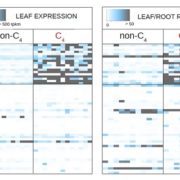
Highly expressed genes are preferentially co-opted for C4 photosynthesis
Blog, Plant Science Research Weekly, Research, Research BlogOne of the great questions of biology is how and why C4 photosynthesis pathway evolved independently more than 60 times. The advantages are obvious (increased productivity), but the underlying molecular predisposition to this transition remains poorly defined. Using a comparative transcriptomics approach…
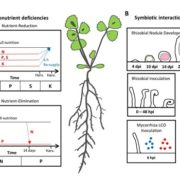
What We're Reading: October 20th
Blog, Research, Research BlogReview: DNA sequencing at 40: past, present and future ($)
Shendure et al. provide a superb review of how DNA sequencing technology has changed over the years and how these changes open up new applications. They start with the Maxam and Gilbert chemical cleavage and the Sanger “chain-termination”…
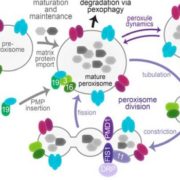
Update: Peroxisome function, biogenesis, and dynamics in plants
Blog, Plant Science Research Weekly, Research, Research BlogPeroxisomes are endoplasmic reticulum-derived membrane-enclosed organelles in which many oxidative enzymatic reactions are compartmentalized. These reactions and their products contribute to energy production, detoxification, and signaling. Kao et al. review our understanding of the plant peroxisome,…

Update: Flower primary metabolism, pollinators’ preferences and seed and fruit set
Blog, Plant Science Research Weekly, Research, Research BlogBecause of their important roles in attracting pollinators, the secondary or specialized metabolites of flowers (color, fragrance) get a lot of attention. Borghi and Fernie argue that flower function is equally dependent on primary (central) metabolites, which not only provide the precursors for secondary…

Insights into land plant evolution garnered from the Marchantia polymorpha genome
Blog, Plant Science Research Weekly, Research, Research BlogThe liverwort Marchantia polymorpha is a fascinating plant for many reasons, including the fact that it is one of the earliest terrestrial species that split off from the rest of the land plants. Therefore, comparisons between Marchantia and green algae or Marchantia and the rest of the land plants tell…

